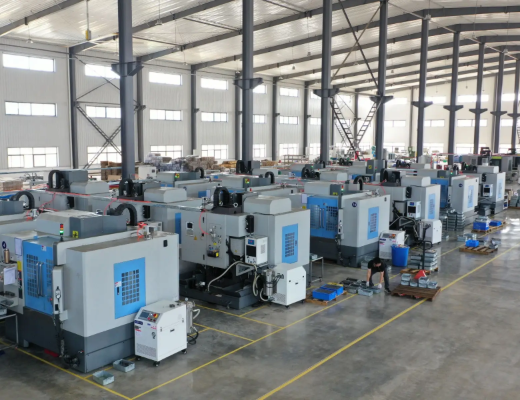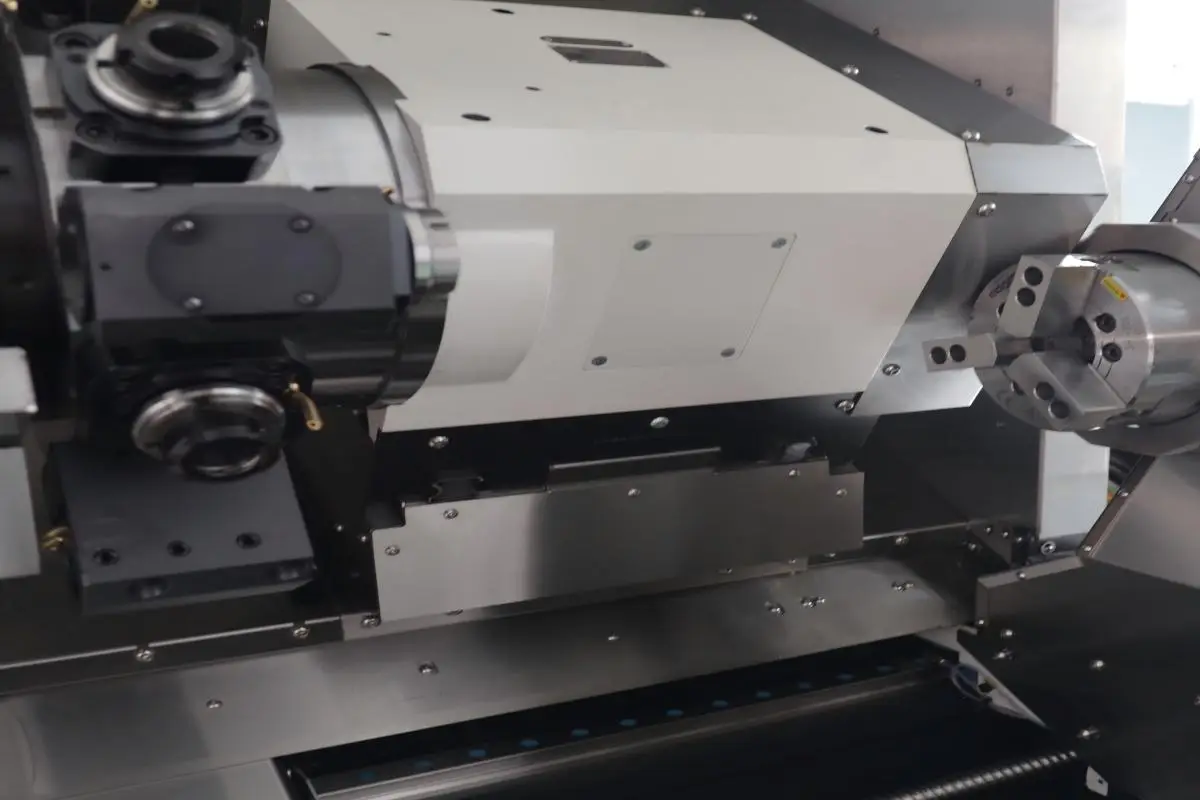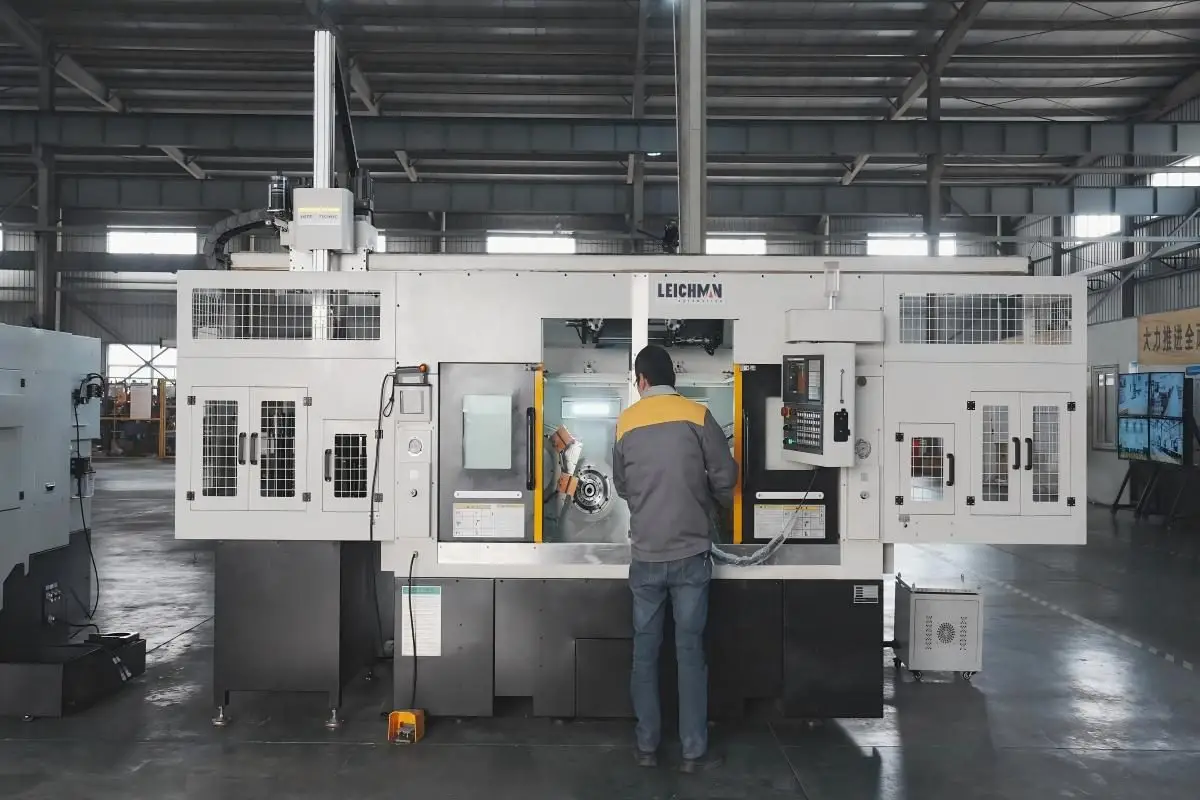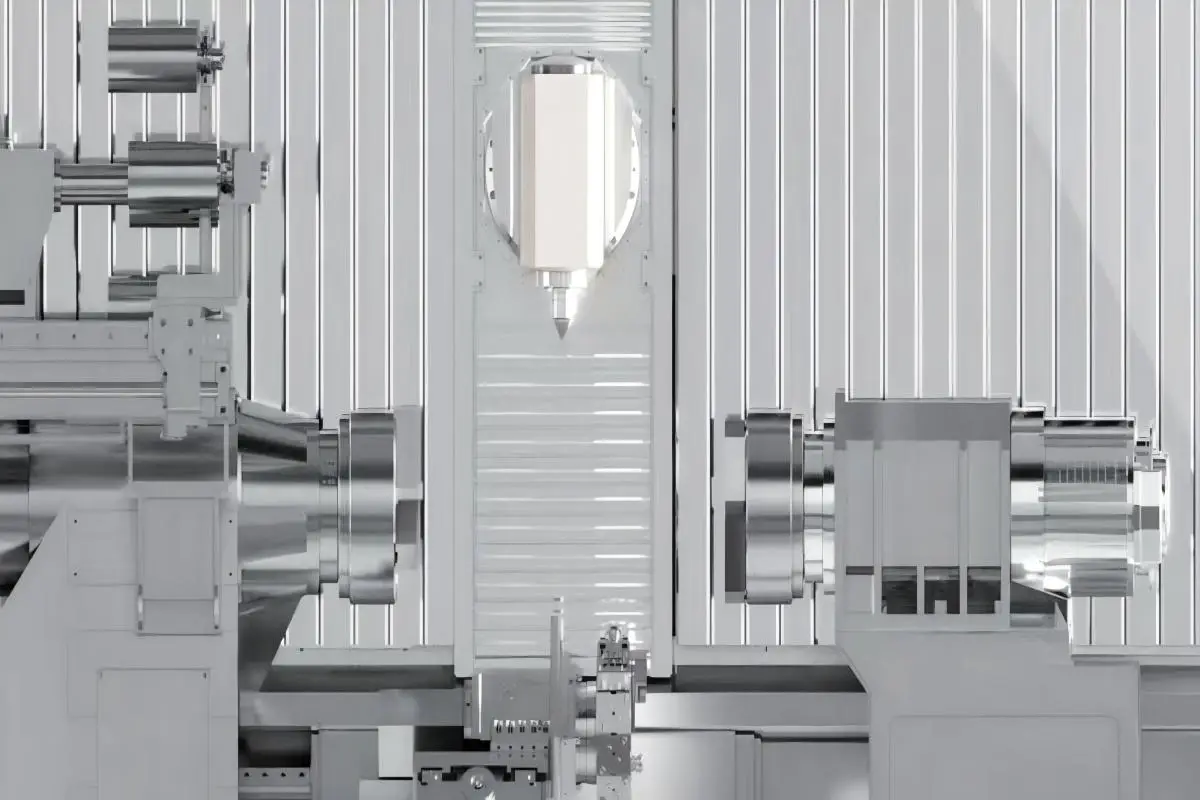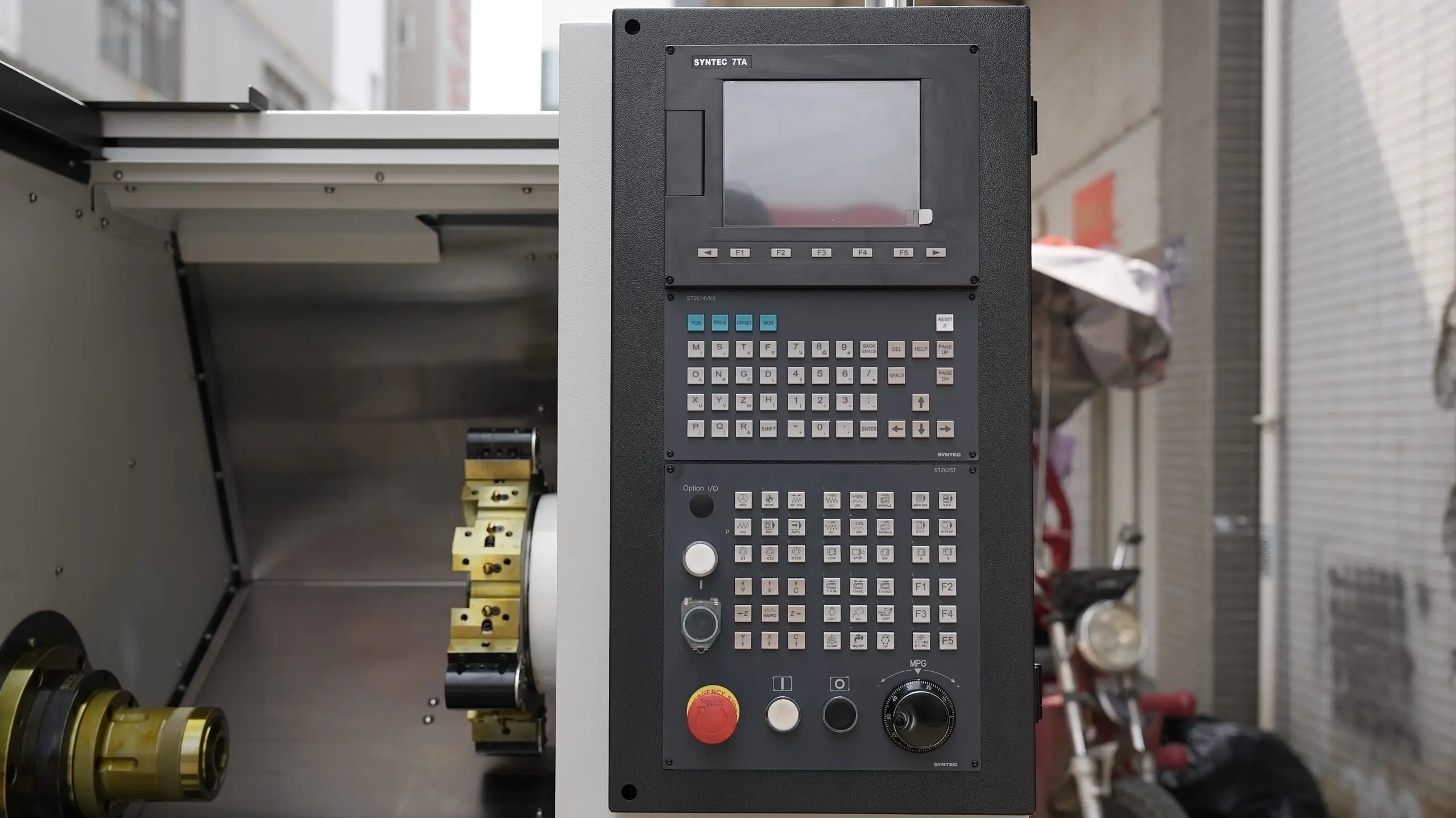At Leichman, we specialize in providing advanced manufacturing solutions tailored for clients. Our commitment to quality and precision is evident in our products, including the Leichman LK-750MY CNC Turning and Milling Lathe. This article aims to clarify the distinctions between CNC turning and CNC milling, two essential processes that leverage CNC turning and milling machines for efficient manufacturing.
What is CNC Turning?
CNC turning is a subtractive manufacturing process that primarily involves rotating the workpiece against a stationary cutting tool. The CNC turning and milling machine excels in producing cylindrical parts with high precision. During this process, the material is shaped by cutting away excess material, allowing for the creation of complex geometries. Common products of CNC turning include shafts, bushings, and rings, which are crucial in various industries such as automotive and aerospace.
The key advantage of CNC turning lies in its ability to produce symmetrical components quickly and efficiently. The operation is typically automated, ensuring consistent quality and reducing the risk of human error. Businesses seeking high-volume production of cylindrical parts will find CNC turning to be an invaluable process.
What is CNC Milling?
Conversely, CNC milling employs a different methodology, using a rotating cutting tool that moves through the workpiece. This process can create flat and contoured surfaces, drilled holes, and intricate designs. The versatility of the CNC turning and milling machine allows manufacturers to work with a wide range of materials, including metals, plastics, and composites.
CNC milling is particularly effective for producing complex shapes and detailed features, making it ideal for components that require a high level of precision. Industries such as electronics, medical devices, and machinery benefit significantly from the capabilities of CNC milling, as it allows for the rapid production of components that meet stringent specifications.
The Mill–Turn CNC Machine: Bridging the Gap
A mill-turn CNC machine combines the functionalities of both CNC turning and CNC milling, enabling manufacturers to perform both processes on a single machine. This integration streamlines production, reduces setup time, and minimizes waste, making it a cost-effective solution for businesses. With a mill-turn CNC machine, companies can produce complex parts that require both cylindrical and intricate features without needing to transfer workpieces between multiple machines.
This hybrid approach is particularly advantageous for industries that demand versatility and efficiency. By leveraging the capabilities of a mill-turn CNC machine, companies can enhance their manufacturing processes and adapt to ever-evolving market demands.
Enhancing Your Manufacturing Capabilities with Leichman
In conclusion, understanding the differences between CNC turning and CNC milling is crucial for businesses looking to optimize their manufacturing processes. Each method has its unique advantages, and the choice between them will depend on the specific requirements of your projects. The Leichman LK-750MY CNC Turning and Milling Lathe exemplifies the integration of both processes, offering a robust solution for clients seeking precision and efficiency. By investing in advanced technology like our CNC turning and milling machines, businesses can elevate their production capabilities and remain competitive in today’s market.
